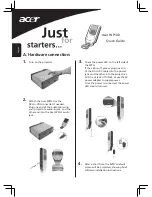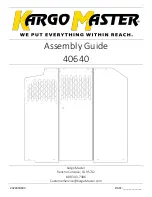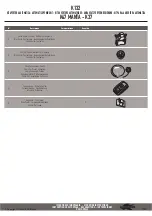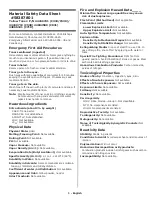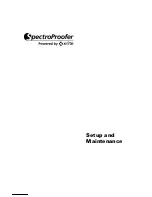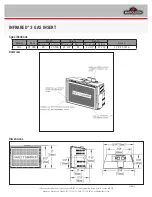
Ethernet Interface
capaNCDT 6500
Page 35
The two correction curves for the 3-point-linearization use restart points at 10 % and 50
%, 50 % and 90 % of the measurement range.
The four correction curves for the 5-point-linearization use data points at 10 % and 30 % ,
30 % and 50 %, 50 % and 70 %, 70 % and 90 % of the measurement range.
The nine correction curves for the 10-point-linearization use data points at 10 %, 20 %,
30 %, 40 %, 50 %, 60 %, 70 %, 80 %, 90 % and 100 % of the measurement range.
The linearization function allows an individual adjustment
-
of the start of the measurement range,
-
slope of the characteristic curve (Gain).
0
0
5-Point calibration
0.5
1.0
Sig
nal
50 %
100 %
Measurement range
Ideal characteristic
Actual characteristic
Fig. 33 Output characteristic for the measurement against an insulator material
i
The software linearization affects only the values (averaging also), which are output
via the Ethernet and EtherCAT interface.
Math functions:
For calculation of several channels.
6.4
Commands
All commands are transmitted via port 23 (Telnet). Each command starts with a $ charac-
ter. The controller ignores all characters, which are transmitted before the $ character.
The controller immediately returns all transmitted characters back as echo.
After the response has been sent, the controller starts to send measurement values gain
(applies to the operating mode ”continuous transmission”).
Commands are transmitted in ASCII format.
Except for the linearization types and points, the respective settings are the same for all
eight channels.
A timeout is reached approximately 10 seconds after the last character input.
Channel numbers are separated by a comma, channel number and a parameter belong-
ing to the channel by a colon.
Several successive different parameters (for the command STS and VER) are separated
by a semicolon.
Commands always have to end with <CR> or <CRLF>.
Summary of Contents for capaNCDT 6500
Page 67: ......
































